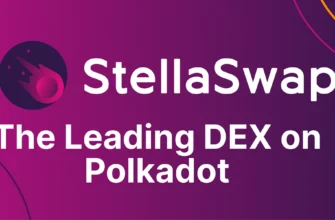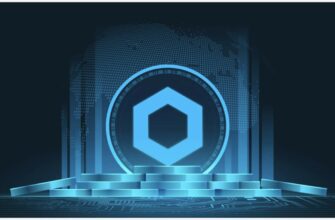What Is Avalanche (AVAX)?
Avalanche is an open-source, decentralized smart contracts platform designed for speed, scalability, and low transaction costs. Launched in 2020 by Ava Labs, Avalanche aims to solve the blockchain trilemma: achieving decentralization, security, and scalability without compromise.
At the heart of Avalanche is its native token, AVAX, which powers the network, pays for transaction fees, secures the system via staking, and serves as a unit of account across its ecosystem.
Avalanche stands out from other blockchains by supporting custom blockchain networks (called subnets), while offering Ethereum compatibility, ultra-fast transactions, and high throughput—all critical features for decentralized applications (dApps), DeFi projects, and institutional use cases.
How Does Avalanche Work?
Avalanche uses a unique consensus mechanism known as the Avalanche Consensus Protocol. Unlike traditional proof-of-work (used by Bitcoin) or proof-of-stake systems, Avalanche’s protocol relies on random sampling and repeated sub-sampling, allowing it to confirm transactions in less than a second.
Avalanche consists of three main built-in blockchains:
- X-Chain (Exchange Chain): Used for creating and trading assets like AVAX.
- C-Chain (Contract Chain): Supports Ethereum-compatible smart contracts and dApps.
- P-Chain (Platform Chain): Manages validators and subnets, enabling the creation of custom blockchains.
This tripartite architecture separates functions, which enhances efficiency and scalability.
Key Features of Avalanche
- High Performance: Avalanche can process 4,500+ transactions per second (TPS) with near-instant finality.
- Low Fees: Transaction fees on Avalanche are significantly lower than those on Ethereum, making it more attractive to users and developers.
- Scalability: The platform is designed to scale without compromising performance or decentralization.
- Interoperability: Avalanche is Ethereum-compatible via the Avalanche C-Chain, enabling easy migration of Ethereum dApps.
- Customizable Subnets: Developers can launch tailored blockchains, choosing their own validators and rules.
- Eco-Friendly: Avalanche uses proof-of-stake, making it energy-efficient compared to proof-of-work blockchains.
Pros of Avalanche (AVAX)
✅ Fast Transactions: Sub-second finality makes Avalanche ideal for real-time applications like gaming and DeFi.
✅ Low Costs: Minimal transaction fees improve accessibility for users and developers.
✅ Developer-Friendly: Full support for Solidity smart contracts means developers can easily port Ethereum dApps.
✅ Flexible Architecture: The subnet model allows for custom blockchains with unique features.
✅ Growing Ecosystem: Avalanche hosts a range of dApps, from DeFi platforms like Trader Joe and BENQI to NFT projects.
✅ Strong Backing: Ava Labs, led by Emin Gün Sirer, has attracted significant investment and partnerships.
Cons of Avalanche (AVAX)
❌ Competition: Avalanche faces stiff competition from other Layer 1 blockchains like Ethereum, Solana, and Polkadot.
❌ Complexity: For beginners, the multi-chain system (X, C, and P Chains) can be confusing.
❌ Centralization Concerns: While more decentralized than some networks, critics argue Avalanche’s validator set is still somewhat centralized.
❌ Market Volatility: As with any cryptocurrency, AVAX is subject to price fluctuations and investor speculation.
Use Cases of AVAX
- Transaction Fees: AVAX is used to pay for fees on the Avalanche network.
- Staking: Users can stake AVAX to secure the network and earn rewards.
- Governance: Token holders participate in governance decisions over protocol upgrades.
- Collateral: AVAX can be used in DeFi protocols as collateral for loans or liquidity provision.
Avalanche vs Ethereum
| Feature | Avalanche | Ethereum |
|---|---|---|
| Consensus Mechanism | Avalanche Protocol | Proof of Stake |
| TPS | 4,500+ | ~30 |
| Finality Time | < 1 second | ~6 minutes |
| Fees | Low | High |
| Smart Contract Language | Solidity | Solidity |
Avalanche offers significantly better performance metrics, but Ethereum holds first-mover advantage and a larger ecosystem.
Final Thoughts: Is Avalanche (AVAX) Worth It?
Avalanche has established itself as one of the most promising Layer 1 blockchain platforms, thanks to its speed, scalability, and developer-friendly features. Its innovative approach to consensus and blockchain architecture gives it a clear edge in performance and flexibility.
However, like any investment or technology, it’s essential to do your own research (DYOR). While AVAX presents many strengths, the crypto space is fast-evolving, and risks are always involved.
For developers, AVAX provides a powerful platform to build next-generation decentralized applications. For investors and users, it offers low-cost, high-speed blockchain interaction. As adoption grows, Avalanche is positioned to remain a key player in the future of Web3.








